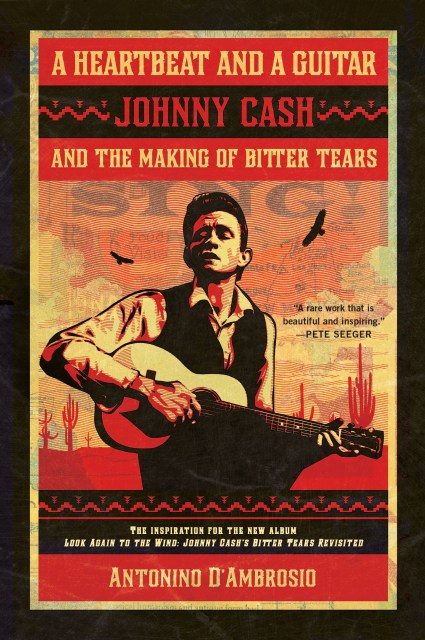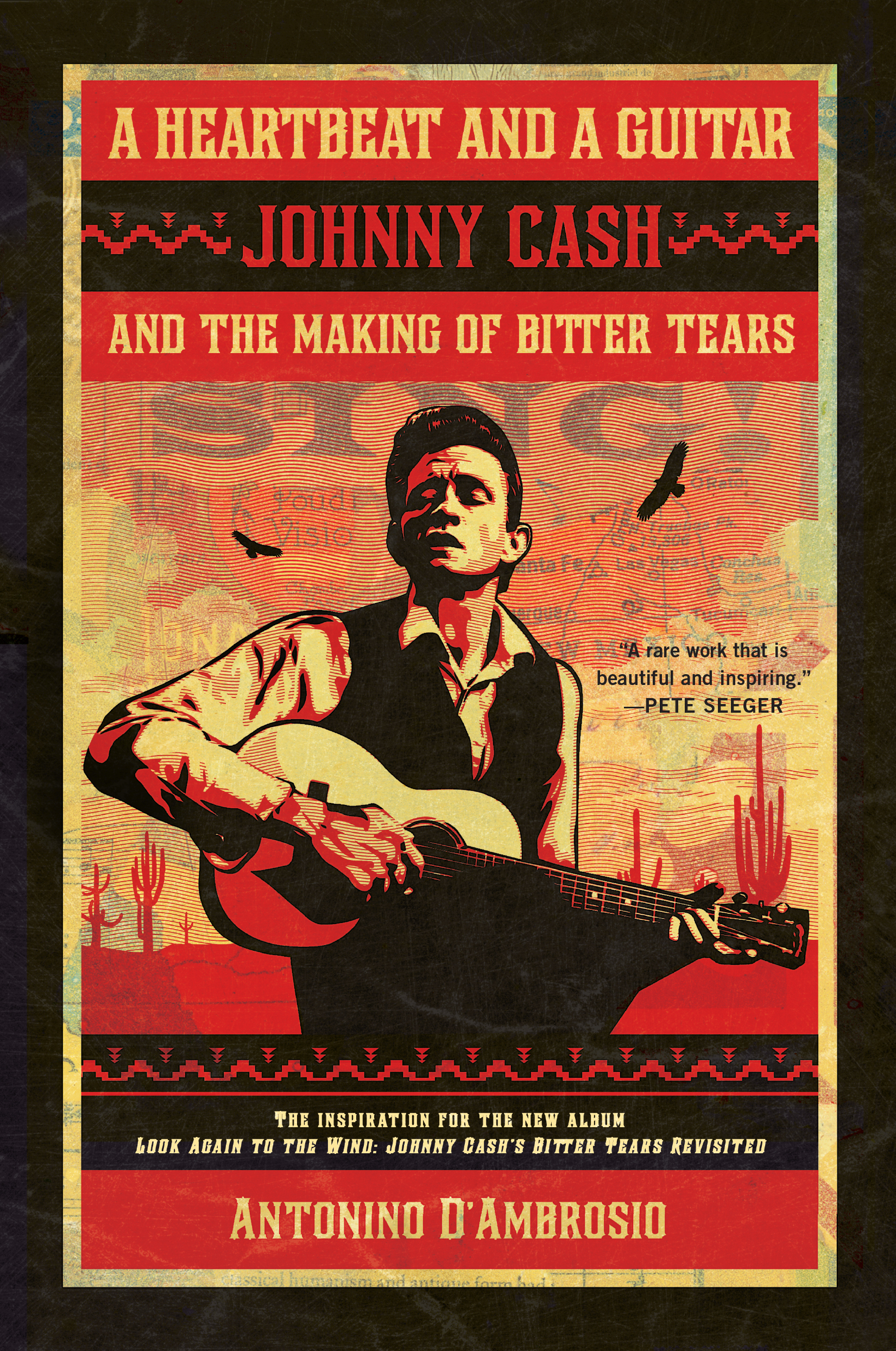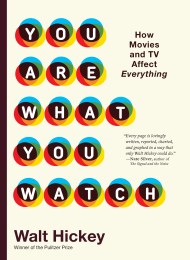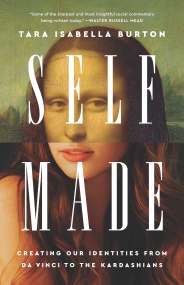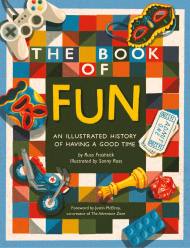Promotion
Sign up for our newsletters to receive 20% off! Shop now. Exclusions apply.
By clicking “Accept,” you agree to the use of cookies and similar technologies on your device as set forth in our Cookie Policy and our Privacy Policy. Please note that certain cookies are essential for this website to function properly and do not require user consent to be deployed.
A Heartbeat and a Guitar
Johnny Cash and the Making of Bitter Tears
Contributors
Formats and Prices
Price
$11.99Price
$15.99 CADFormat
Format:
- ebook $11.99 $15.99 CAD
- Trade Paperback $16.99 $19.95 CAD
This item is a preorder. Your payment method will be charged immediately, and the product is expected to ship on or around October 13, 2009. This date is subject to change due to shipping delays beyond our control.
Also available from:
A Heartbeat and a Guitar is the inspiration for the new album “Look Again to the Wind: Johnny Cash’s Bitter Tears revisited” featuring a collective of top Americana artists including Emmylou Harris, Steve Earle, Gillian Welch, and Kris Kristofferson.
- On Sale
- Oct 13, 2009
- Page Count
- 240 pages
- Publisher
- Bold Type Books
- ISBN-13
- 9781568586076
Newsletter Signup
By clicking ‘Sign Up,’ I acknowledge that I have read and agree to Hachette Book Group’s Privacy Policy and Terms of Use
